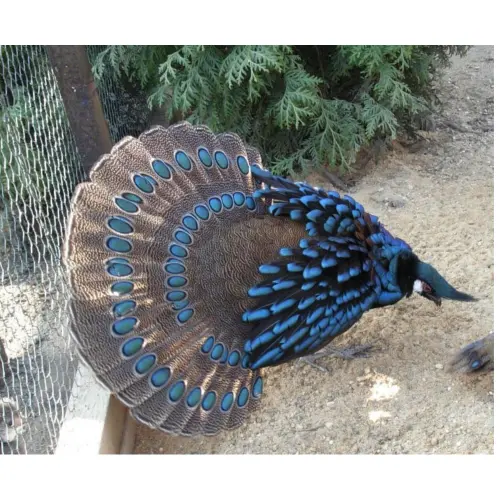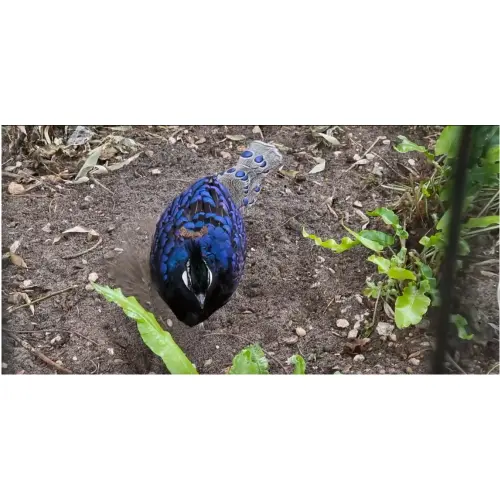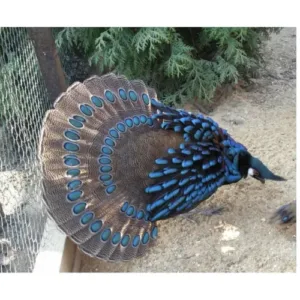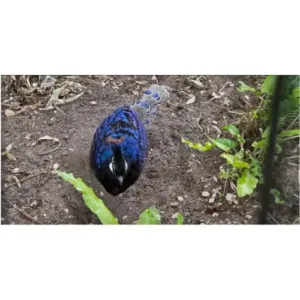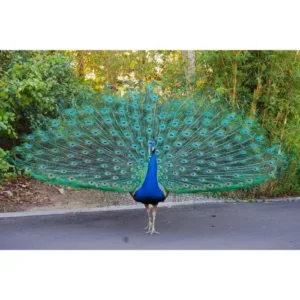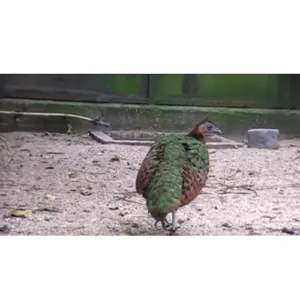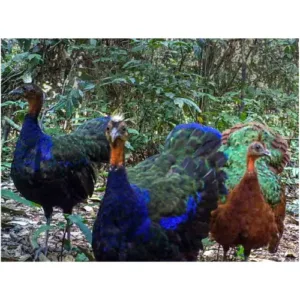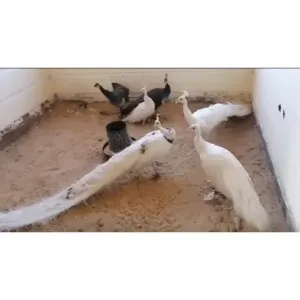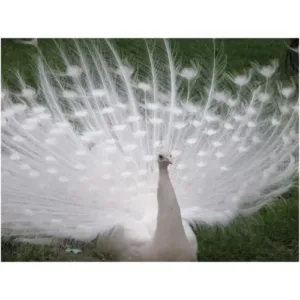The Palawan peacock pheasant is also incredibly easy to care for. It is a hardy bird and can easily survive in cooler climates like that of the United States. They do best in warm, humid climates and need plenty of space and fresh water to thrive. They are also relatively low maintenance, needing only good quality feed and regular access to perches. The Palawan peacock pheasant is a perfect bird for beginner and experienced avian enthusiasts alike.
The Palawan peacock pheasant isn’t just attractive to look at; they’re also incredibly smart birds. They love to explore and learn new things and are incredibly inquisitive. This gorgeous bird can even be trained to do simple tricks and recognize its name. They are also incredibly social and bond well with their owners.
The Palawan peacock pheasant is truly a unique bird, sure to bring a one-of-a-kind touch to any home or sanctuary. Its beauty and intelligence make it one of the most desirable large bird species in the world. So if you’re looking for a bird that is not only stunning to behold, but also intelligent and full of personality, the Palawan peacock pheasant is the perfect choice.
If you want to buy a Palawan peacock pheasant, then you can visit this site and get a free quote. The adult male is the most similar in appearance to the peacock in the genus Polyplectron. It has an erectile crest and highly iridescent electric blue-violet, metallic green-turquoise dorsal feathers. Its breast and ventral areas are dark black. The rectrices are broad, flat, and rigid. Their terminal edges are square. Each tail feather and the upper tail coverts are marked with highly iridescent, light-reflecting ocelots. The tail is erect and extends laterally along with the bird’s body. Males also raise one wing and lower the other, which compresses the body laterally during pair formation, courtship, and perhaps also an anti-predator adaptation.
The female is slightly smaller than the male. Her contour plumage is a cloudy silt color. The mantle and breast are dark sepias. The rectrices are essentially similar to those of the male, showing marked adumbrations and striking ocelli. Overall, their plumage is earthy and difficult to distinguish from substrate and branches. Although the female’s tail has similar proportions to the male’s, her markings are not as visually striking. Like the male, the female has a short crest and is whitish on the throat, cheeks, and eyebrows.
Chicks have bright ginger and cinnamon hues with prominent yellow markings. Juveniles of both sexes in the first year look very much like their mother. Subadult males in the second year are more like their fathers, but the mantle and wing covers are marked with adumbrations similar to the ocelli in the contour plumage of other peacock pheasant species.
Like other peacock pheasants, Palawan males and some females have multiple spurs on the metatarsals. These spurs are used for defense against predators, foraging in leaf litter, and fighting with other males. The Palawan male digs slight depressions in which it orients its body during postural display behaviors. The bird vibrates loudly through the stridulation of the rectus quills. This communication signal is both audible and a form of seismic communication.

